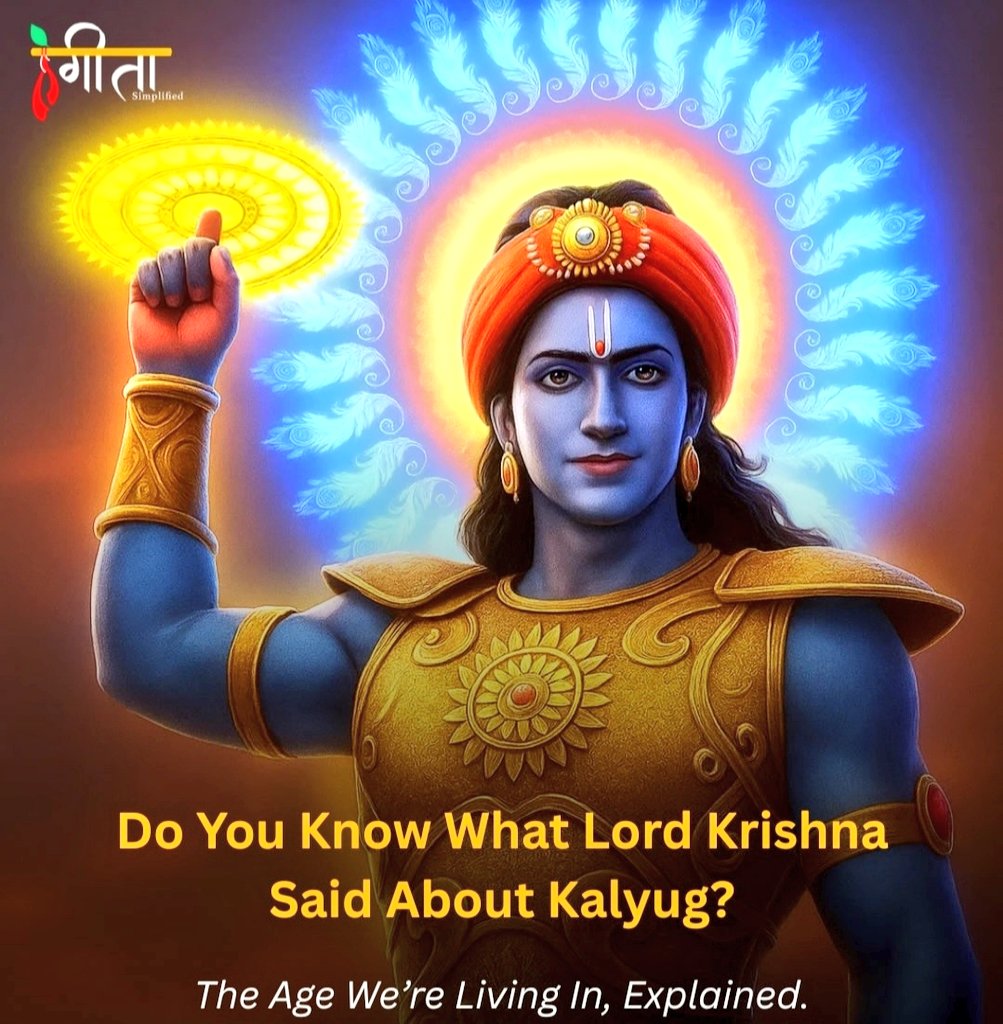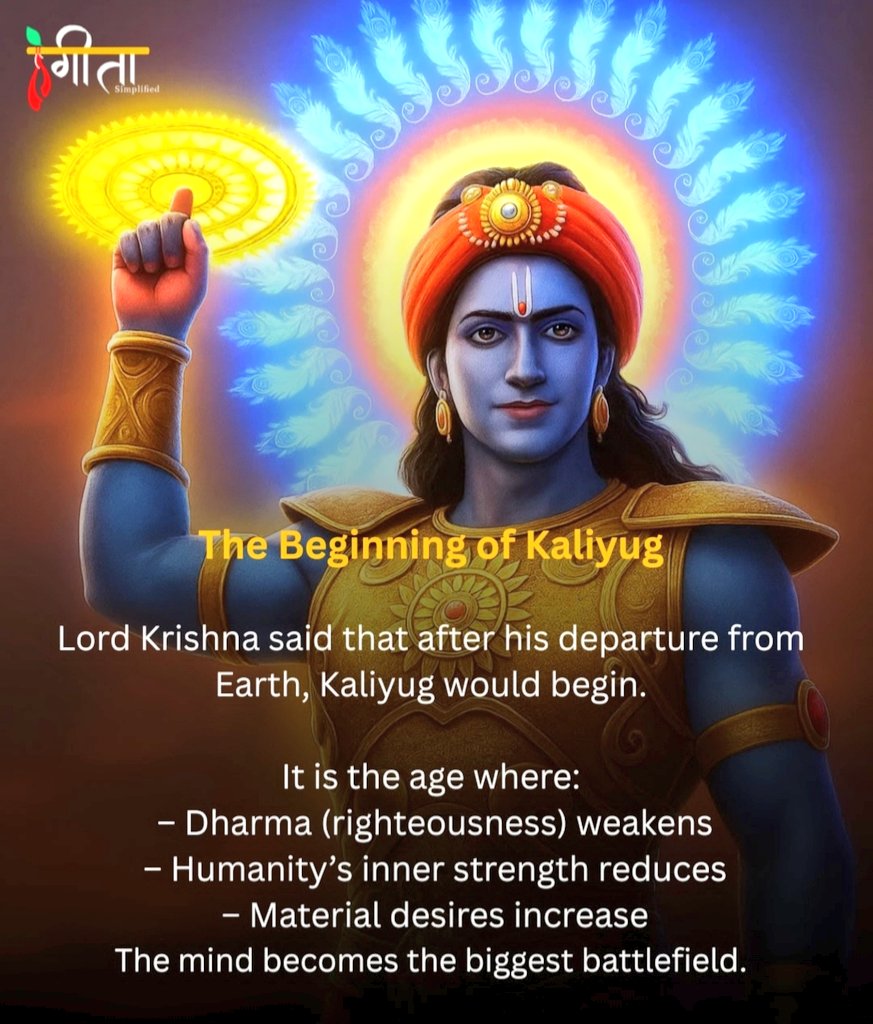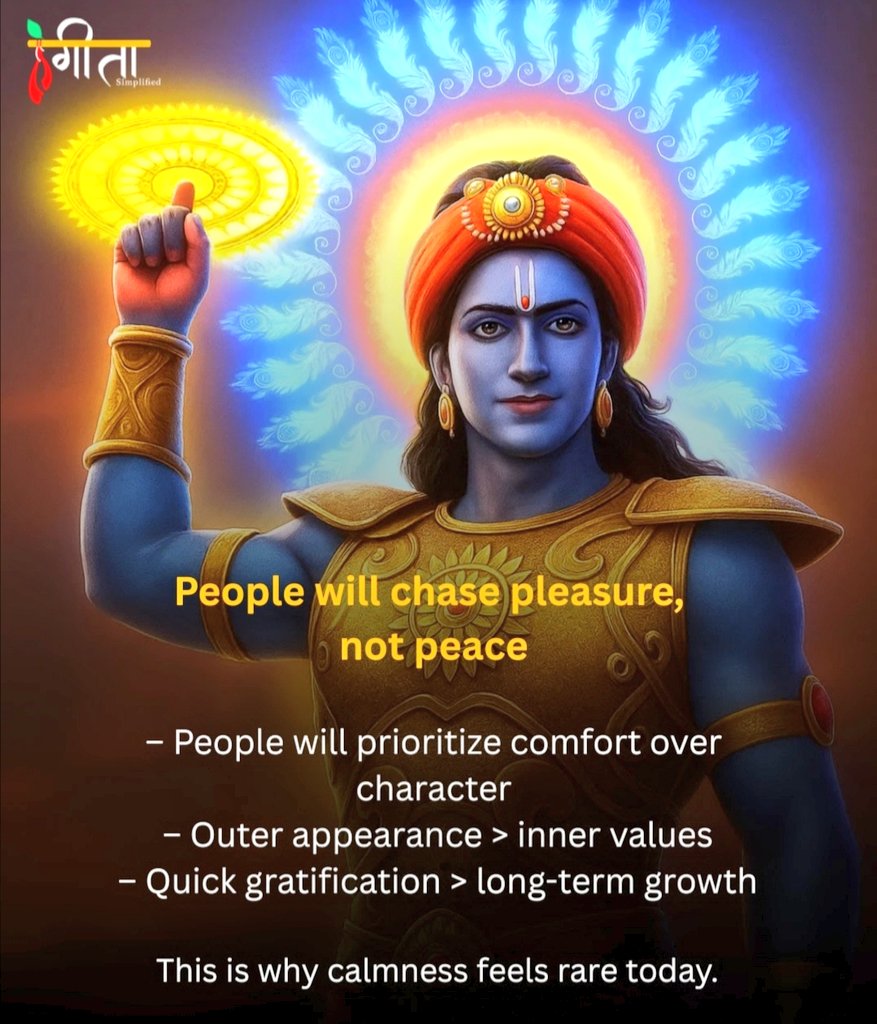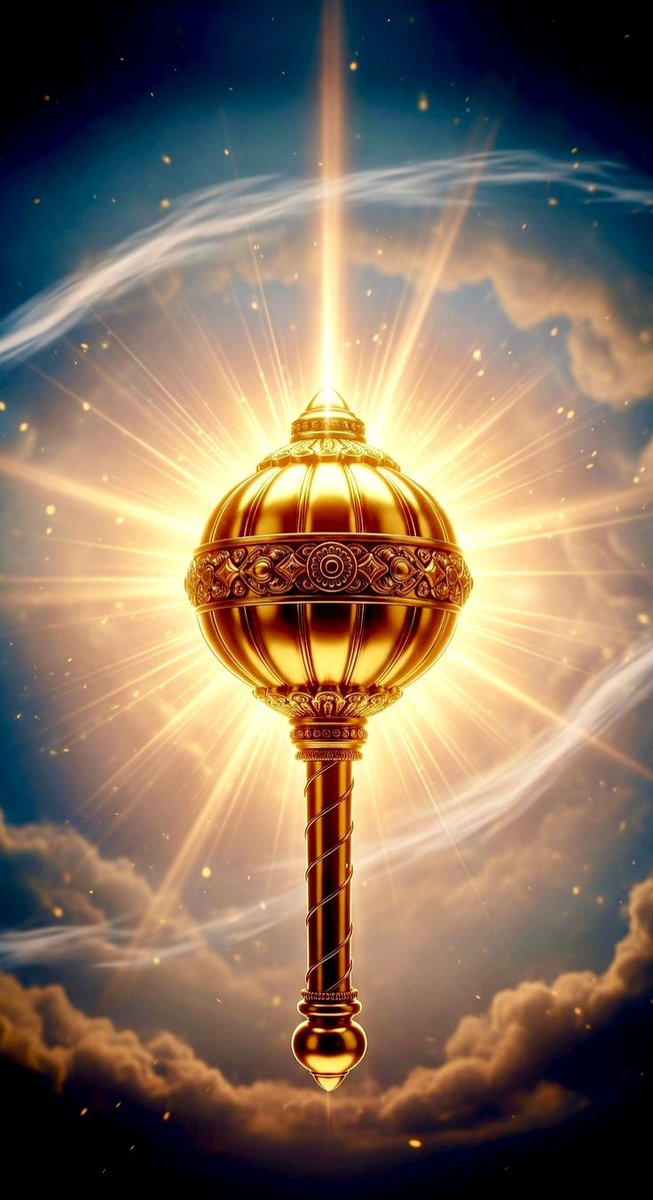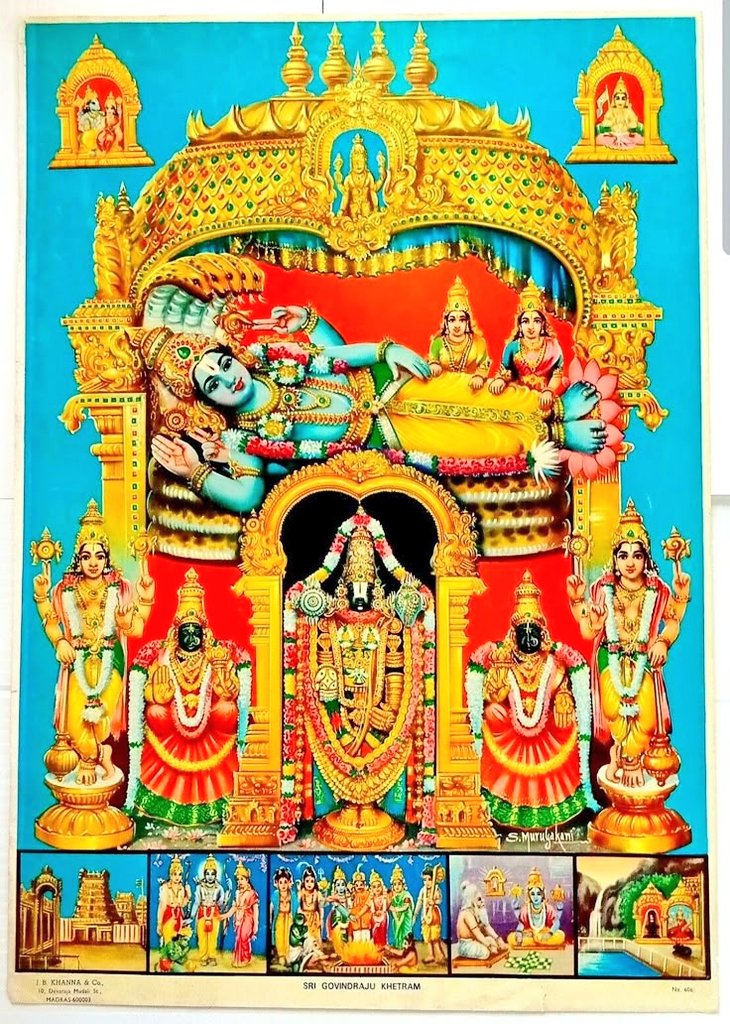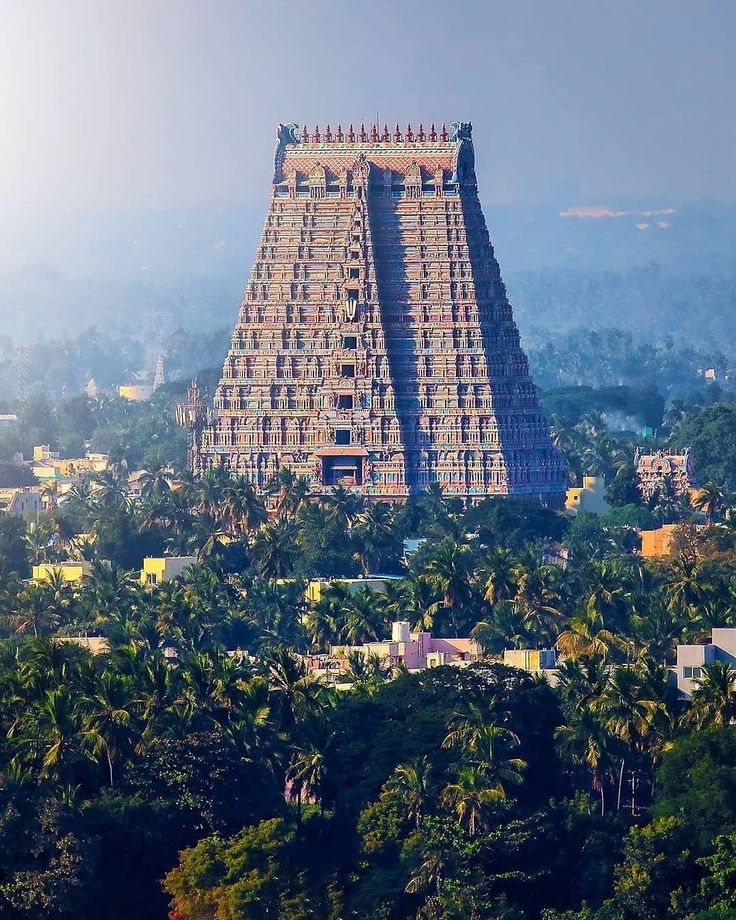🌺Cow-Dung and it's significance in Hindu Tradition🌺
Here are some customs which r followed in India from ancient time &people r following them because their ancestors asked them to do so. It may sound disgusting to many but people in Indian villages still implant cowdung in...

Here are some customs which r followed in India from ancient time &people r following them because their ancestors asked them to do so. It may sound disgusting to many but people in Indian villages still implant cowdung in...


..in their homes and my ancestral home being one of them.Cow is considered very sacred in Hinduism and it is called Gau Maata. Cow dung and cow urine is considered holy in India. Applying Cow Dung is part of cleaning process in Indian villages. 

In festivals also,after cleaningtheir houses, rural people implant cowdung paste on walls and floors for making their houses pure just like urban people make their houses painted for getting the festive feel.
The recent researches have proved that Cow dung...
The recent researches have proved that Cow dung...

...has the power to kill bacteria which are harmful for humans.Cow Dung is considered good for health.Its very rich in minerals and a great factor of anti-bacterial. It prevents people from various diseases and health issues. 

Small insects like scorpions, centipedes etc don't come near to places which are coated with the paste of Cow dung.
Cow Dung acts as a natural mosquito repellent. Mosquitoes stay away from such places.Floor which is coated with cowdung remains warm in winters&cold in summers. 

In rural areas, people apply cowdung on outer walls of their homes& let them dry.Villagers use these dry cow dung cakes as fuel in their kitchen.
Even in many parts of the developing world & in the past in mountain regions of Europe, caked & dried cowdung is used as fuel.Cowdung is also used as raw material for bio-gas plant. Its said that if we follow vedic techniques and live vedic way then our lives can be disease free. 

• • •
Missing some Tweet in this thread? You can try to
force a refresh


